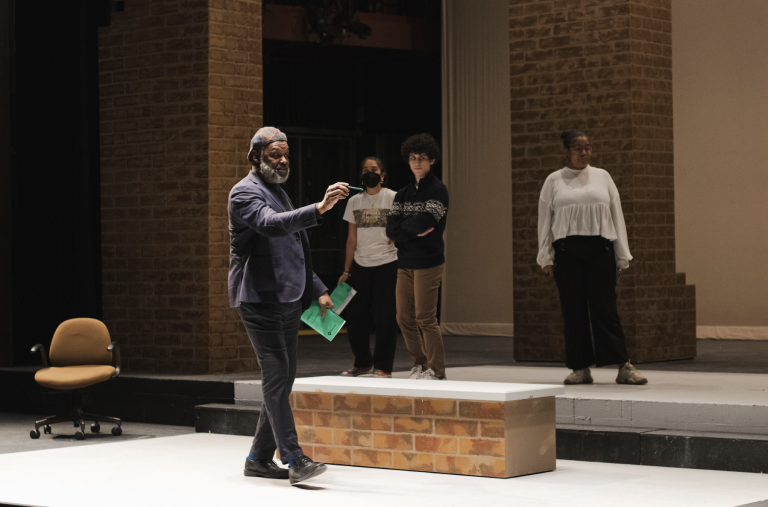A&E EDITOR
One of the more controversial films to come out this year, mother! has become the center of debate for a multitude of reasons. Director and writer Darren Aronofsky is no amateur at receiving opposing discourses about his films, from critics and the general population alike. Looking back at his 2000 film Requiem for a Dream, Aronofsky received criticisms over the disturbing content of the movie, most notably from the rating consensus of the MPAA (Motion Picture Association of America). According to Eugene Hernandez and Anthony Kaufman at IndieWire, the MPAA gave the film an NC-17 rating due to graphic sexual content. This lead to Aronofsky’s choice to release the film as “unrated” so he could keep his artistic integrity and leave intact the controversial scenes.
Mother!’s critics have based their grievances on the loftiness of the plot, allusions to Christianity, and the marketing of the film that led viewers to believe it was wholly within the horror genre. Along with these negative reactions has come monetary suffering at the box office. One of the more noticeable characteristics of mother! is the lack of a traditional score, which is often used to help move a film along through each stage of the plot. Instead, Aronofsky and composer Jóhann Jóhannsson create a carefully orchestrated soundscape. They employ the use of highly defined noises from the characters to convey a sense of tension throughout the movie.
From the start, Jennifer Lawrence’s character “mother” evokes empathy. “He” or Javier Bardem’s character is distant towards her, nearly abusive in an emotional sense. While Lawrence tries to be vocal about her tribulations throughout the film, she is continually suppressed by Bardem and a continuous string of uninvited house guests, who begin to treat Lawrence as the unwelcome one.
To lightly validate the critics, there’s a definite lull in the beginning of this film, which may cause a small of viewers to become bored and unaware of the small details that Aronofsky embeds through the course of the film. Yet this gradual buildup completely fits when the film enters its more violent second half.
One scene that particularly stuck out was a conversation between Lawrence and Michelle Pfeiffer’s character, who is one of the houseguests.
As Pfeiffer tours the house, unappreciated by Lawrence, she asks the host cringe-worthy and invasive questions like why she doesn’t want kids and why the age gap between Bardem and her.
The one that captures the essence of the film in terms of how society treats nature, is when Pfeiffer asks why Lawrence continues to a fix a house in disrepair instead of building a new one. Lawrence answers with a sense of perplexity: because it’s “His” house, one that he built and created, that should be tended to carefully. In other words, it’s their only house, and “He” won’t build another one even if it becomes entirely damaged and decayed. Aronofsky makes an enjoyable return to intellectually stimulating writing and directing. He continues to blur lines between the horror, thriller, and surrealist genres as he has with past films Pi, Requiem for a Dream and Black Swan.




+ There are no comments
Add yours